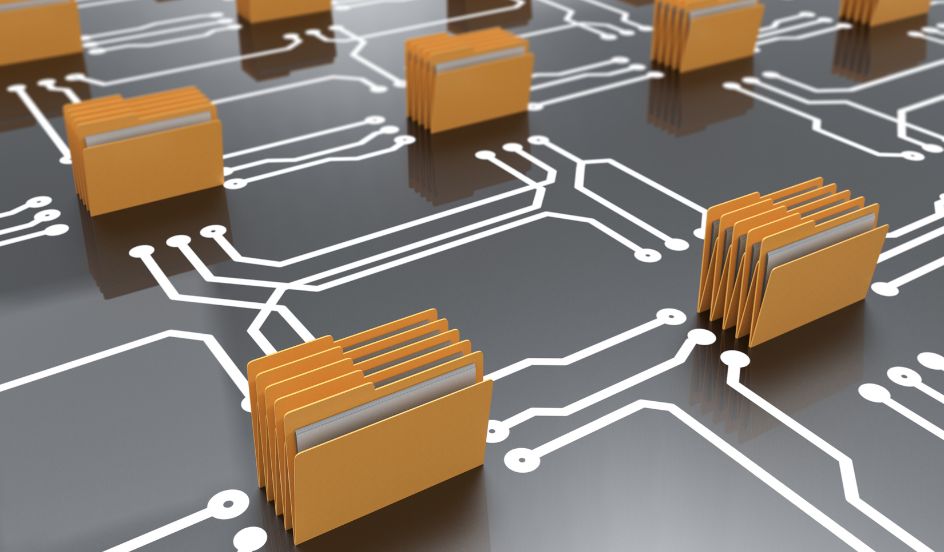Here’s How You Should Be Using A Dual Storage Strategy
September 1st, 2016 / By Jason Eckert Dean of Technology
If you’ve recently shopped for a PC, you’ve probably noticed that those PCs that ship with an Solid State Drive (SSD) instead of a standard hard drive are much more expensive, and usually come with other higher-end components.

Having the proper amount of storage for information and programs is essential to ensure you can keep everything you need and have a fast operating system.
SSDs store information in NAND flash computer chips – as a result, the storage and retrieval of information is lightning fast, and there are no moving parts that can be damaged if the computer is jolted or dropped. The only downside is that they are still extremely expensive for the storage capacity that you get.
So, what should you do if you want to take advantage of the speed of an SSD in your home PC, but not pay a fortune? Simply buy a small-capacity SSD that will host your operating system (OS) and programs (your C:\), and also buy a large-capacity hard drive (your D:\) for storing your data, pictures, movies, and so on. This strategy allows the software that runs your computer to load and execute quickly, yet gives you ample storage for the data files that you use. You will immediately notice a large speed improvement when performing any task in your OS and programs, and since there is no noticeable difference between loading data files, pictures, and movies on an SSD compared to a standard hard drive, you haven’t compromised on speed by choosing a standard hard drive for those files.
The exact same strategy is used on servers within the enterprise today!
A server is comprised of the same fundamental components as a PC, but housed in a thin rackmount-style case that can be inserted into a rack (each rack could contain upwards of 30 different servers). Each server typically has its own OS and server software programs (e.g. Web server software, file server software, database server software) that is loaded from an SSD within the server itself to ensure fast performance. However, the data files that these servers process are typically stored on an external Storage Area Network (SAN) device on the same rack that contains several high-capacity hard disks. A single SAN functions as a central storage device that can be accessed by most or all of the servers on the rack.
Hosting your OS and software on an SSD and data files on a hard drive is a great strategy, however, if you have a laptop computer at home with only one hard drive bay, you may want to consider purchasing a hybrid hard drive. These hard drives have some NAND flash to speed up read/write time for frequently-accessed files. They cost more than a standard hard drive, but offer a moderate speed improvement.
However, as NAND flash technology becomes cheaper, eventually all of our data will be stored on SSDs!
Click to learn about the Technology programs offered at triOS!
